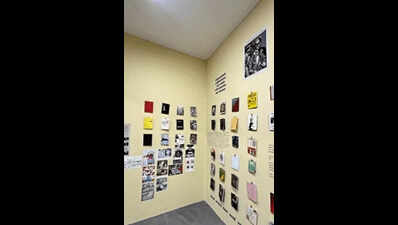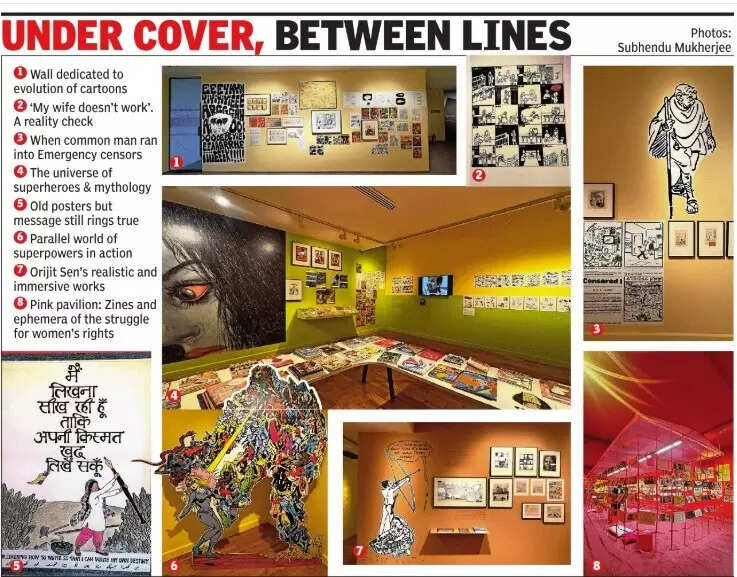ARTICLE AD BOX

Zines allow a wide range of socially and politically relevant issues which the traditional media either ignores or underplays to be raised and discussed. (Photo by: Subhendu Mukherjee)
NEW DELHI : In the world of the tactile screen, the printed word is said to be losing ground. However, articulation and communication – speech and conversation being the most common form – do not necessarily depend on technology or formal publishing networks.
Human creativity and the need to inform, argue, protest and inspire have for long allowed a subculture or counterculture to thrive in the form of zines which are handwritten and handcrafted with a mix of text and illustrations and stapled photocopies passed around in the community. With few rules to follow and no one to seek approval from, zines allow a wide range of socially and politically relevant issues which the traditional media either ignores or underplays to be raised and discussed.
These fragile works of art which carry the personal imprint of the creator are cherished, cared for and shared. The Kiran Nadar Museum of Art in the capital is currently holding an exhibition, ‘please touch gently (zines, comics, ephemera)’ (spelt out in lower case) which will be on till January 10, 2026. Exploring the gallery and its insightful exhibits is an eyeopener.

What makes this presentation different is that under the watchful eyes of guards you can pick up the exhibits, which are from across India and even other countries, flip through them, read if you wish and then place them back on the walls or tables.
That’s the way zines are accessed. And you can even create your own zines and photocopy them for wider circulation. This won’t survive as a commercial venture. The volumes are low and circulation restricted. Thirty to three hundred copies may serve a creator’s purpose. It’s about being heard, seen and reflected upon. The burden of readership doesn’t weigh you down. Aesthetics need not become your overriding concern.
You can tell it in a graphic novel style or with simple illustrations. Or you could rely on just words. You can pick up any topic, from parenting to Palestine, from queer rights to women’s rights and from environment to war.
It could be your loneliness and anxiety too. Zines have thrived with their own festivals and fairs where the entire community of creators and readers come together to breathe new life into this underground genre and keep it alive. At least two halls at the exhibition are devoted to comics, both the traditional ones – a universe populated by superheroes and mythological characters that we are all so familiar with – and those that have broken new ground. The latter are seen to be a continuation of the work of icons like R K Laxman, Abu Abraham and filmmaker Satyajit Ray who used satire to comment and express their dissent and often fell foul of the government.
The captivating works of Orijit Sen, who created the first graphic novel of India, River of Stories , have also been featured. Capturing a different mood is Manjula Padmanabham’s character, Suki, arguing with a Delhi auto driver who defines a good passenger as “one who’s willing to pay the air fare from GK-I to Defence Colony”. One entire section, bathed in pink hues, highlights through posters and zines what women have been doing at the grassroots to fight patriarchy and break the glass ceiling. This represents the culture of ephemera – what was intended to be fleeting but has been preserved as a part of our cultural history. Here, we largely have posters but the concept embraces matchbox labels, cinema handbills, postcards etc. This exhibition captures the permanence and effervescence of the human spirit, courage and creativity in an age when the AI spectacle threatens to paralyse us and force us to redefine what it means to be human.

 2 hours ago
5
2 hours ago
5









 English (US) ·
English (US) ·